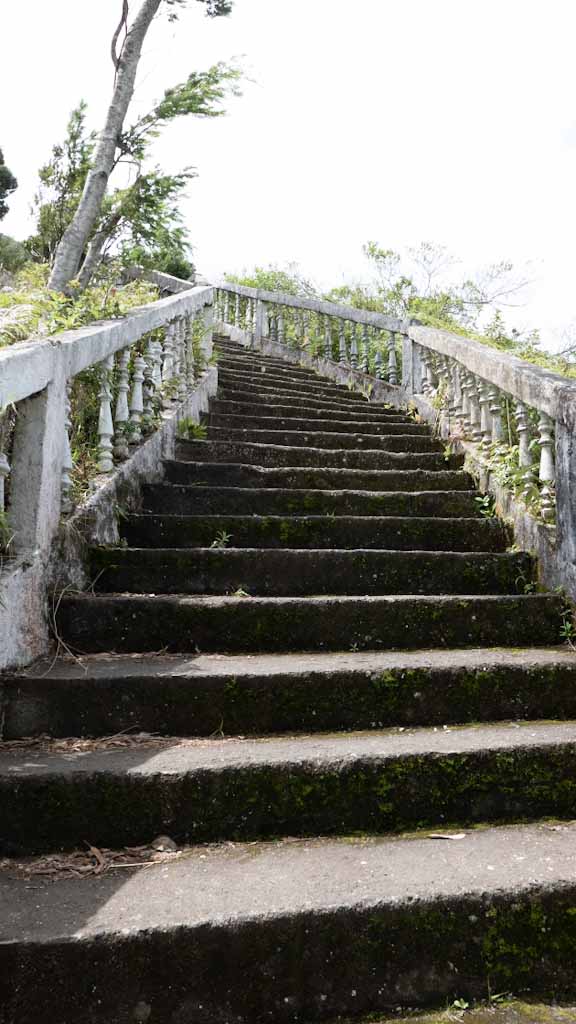Ecuador is the little one often overlooked by travelers. But being small has its advantages: this is the perfect destination if you only have two to three weeks and want to get a crash course for South America.
Where to start?
The most normal ports of entry are Guayaquil and Quito by air. Which one you choose isn’t that important: both are worth a visit, and I would highly recommend to travel in a circle anyway. Quito’s main advantage is that it is at an elevation of around 2’900 metres, so you can use the visit to get used to the altitude and conquer the rest of the Andes.
Where should I definitely go?
The two big cities are already mentioned. There are many options to go high up the Andes, but Rucu Pichincha above Quito is very practical.
The Quilotoa loop is a great three-day walk with a medium difficulty level. The colonial city of Cuenca is on everyone’s agenda: use it as a base to visit nearby Cajas national park. From there you can travel to Guayaquil and further onwards pick your spot on the beach. From there you can return to one of the two big cities. The Galapagos islands is of course a completely different story, journeys to there usually start in Guayaquil.
What more options are there?
Quito has a couple of great detours nearby. Mindo is a lovely village located in a steep valley and is in the middle of cloud forests. Papallacta is known for its spas. And volcano Cotopaxi is one of the highest of the country and a daytrip from the capital.
That brings us into the hiking department. In the Andes are as many options as you like to expand your trip. The Parque Nacional Sangay has several great peaks, the magic lake of El Altar being the most famous. When you venture south from Cuenca you eventually encounter Podocarpus national park, famous for the Andean dry highlands.
Finally, Banos is a slight detour but might be worth it. It has lots of adrenaline activities. But you can also bike along the Ruta de los Cascadas (waterfall route) down to Mera and/or Puyo, and in those 60 kilometres travel from the Andes to the Amazon area.
So what about getting there and getting around?
Usually tourists arrive by plane to one of the big cities. If by bus, you will arrive in Quito (from Colombia) or probably Cuenca (from Peru) and you can start your circular route from there.
Getting around is basically by long-distance buses. They are cheap, slow, but practical and bring you almost everywhere. Renting a car is of course also possible but much more expensive. Ecuador also started building up a rail network again, but trips are only for short daytrips for tourists. Check www.trenecuador.com.
| Location | 17 day trip | 24 day trip | 31 day trip |
| Quito | 2 days in city 1 day Rucu Pichincha |
2 days in city 1 day Rucu Pichincha |
2 days in city 1 day Rucu Pichincha 1 day spas Papallacta |
| Quilotoa | 1 travel day Latacunga 3 days hiking |
1 travel day Latacunga 3 days hiking |
1 travel day Latacunga 3 days hiking 1 day Latacunga |
| Banos | 1 travel day 1 spa day 1 walk/adrenaline day |
1 travel day 1 spa day 1 bike day 1 walk/adrenaline day |
1 travel day 1 spa day 1 bike day 1 walk/adrenaline day |
| Cuenca | 1 travel day 1 day in city 1 day Cajas |
1 travel day 1 day in city 2 days Cajas |
1 travel day 2 days in city 2 days Cajas |
| Guayaquil | 1 travel day 2 days in city |
1 travel day 2 days in city 1 day outside city |
1 travel day 2 days in city 2 days outside city |
| Extras | – | 1 travel day 3 days at beach |
1 travel day 3 days at beach 3 days Mindo or Galapagos |
| Arrival / departure | 1 | 1 | 1 |
If you need help putting the different ‘building blocks’ together, don’t hesitate to reach out!

